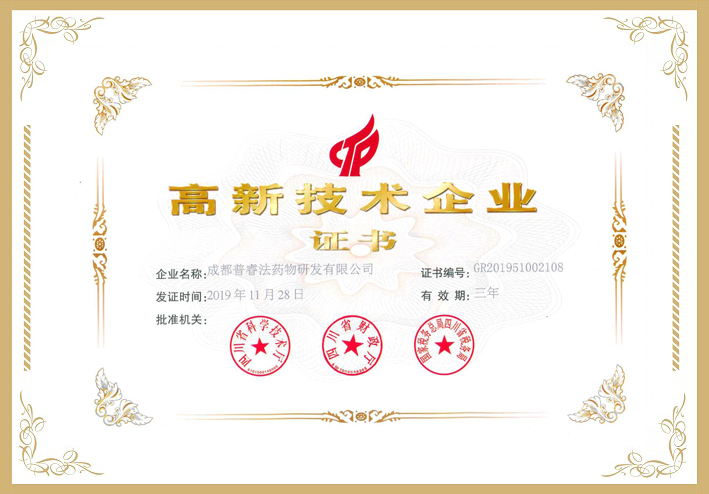在线咨询
联系电话:
销售:
400-829-7929(7*24小时)
028-
82633860
028-
82633397
028-82633165
技术服务和产品定制:
028-82633987
在线服务:
沈帅  文静
文静 
贺丹丹 


文献信息
Adsorption behaviour of polyphenols on cellulose is affected by processing history
The impacts of hydrothermal, mechanical and drying treatments, as representative food processing methods, on cellulose binding capacity for food polyphenols have been assessed using bacterial cellulose hydrogels as a plant cell wall model system. The results show that boiling and autoclaving exert no significant effects on the binding of polyphenols. In contrast, freeze-drying decreases polyphenol adsorption onto cellulose by an order of magnitude. Rehydration of the freeze-dried cellulose prior to soaking in polyphenol solutions halves this effect. The positive correlation between the polyphenol binding capacity and water content suggests that the swelling ability of cellulose networks contributes to polyphenol-cellulose interactions. Characterisation of the multi-scale structure of cellulose hydrogels by combining SEM, XRD, SAXS and SANS indicates that the polyphenol binding capacity is strongly affected by the degree of cellulose microfibril aggregation and the availability of hydroxyl groups in the cellulose structure. The formation of interfibrillar aggregates, connected by a strong hydrogen bonding network as a result of the freeze-drying process, has been shown to limit solvent accessibility towards the interior of cellulose ribbons upon rehydration of the samples. This structural modification can be linked to the large decrease in the adsorption of polyphenols observed for the freeze-dried rehydrated samples.
... experiments. 2.5. Polyphenol adsorption experiments. Epicatechin and phloridzin were purchased from Sigma Aldrich (Australia), procyanidin B2 was obtained from Chengdu Biopurify Phytochemicals Ltd. (China). Adsorption ...























